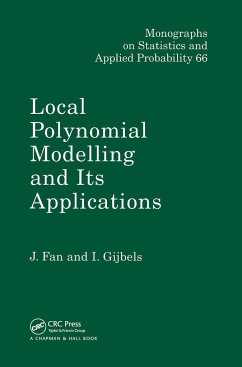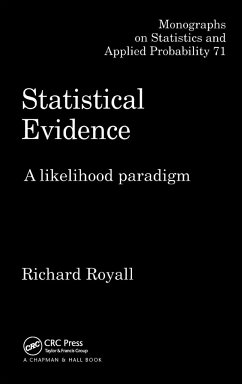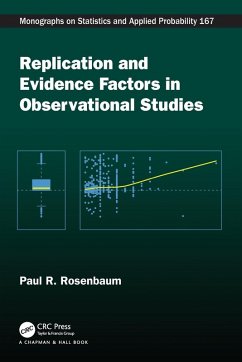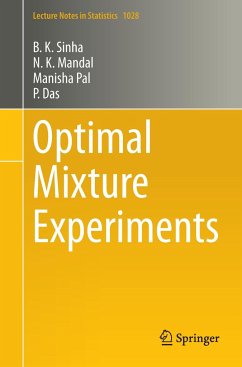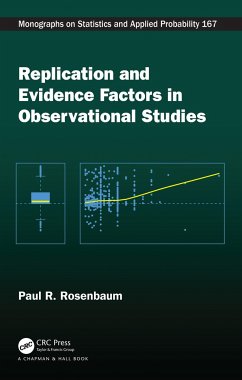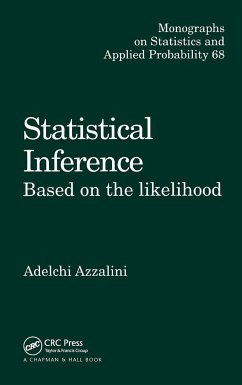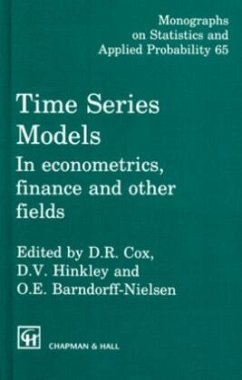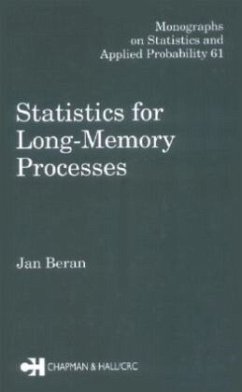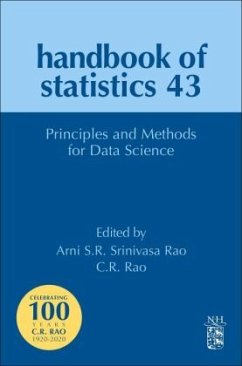
Mixture Models
Parametric, Semiparametric, and New Directions
Versandkostenfrei!
Versandfertig in 6-10 Tagen
93,99 €
inkl. MwSt.
Weitere Ausgaben:

PAYBACK Punkte
47 °P sammeln!
Mixture models are a powerful tool for analyzing complex and heterogeneous datasets across many scientific fields, from finance to genomics. Mixture Models: Parametric, Semiparametric, and New Directions provides an up-to-date introduction to these models, their recent developments, and their implementation using R. It fills a gap in the literature by covering not only the basics of finite mixture models, but also recent developments such as semiparametric extensions, robust modeling, label switching, and high-dimensional modeling.FeaturesComprehensive overview of the methods and applications ...
Mixture models are a powerful tool for analyzing complex and heterogeneous datasets across many scientific fields, from finance to genomics. Mixture Models: Parametric, Semiparametric, and New Directions provides an up-to-date introduction to these models, their recent developments, and their implementation using R. It fills a gap in the literature by covering not only the basics of finite mixture models, but also recent developments such as semiparametric extensions, robust modeling, label switching, and high-dimensional modeling.
Features
Comprehensive overview of the methods and applications of mixture modelsKey topics include hypothesis testing, model selection, estimation methods, and Bayesian approachesRecent developments, such as semiparametric extensions, robust modeling, label switching, and high-dimensional modelingExamples and case studies from such fields as astronomy, biology, genomics, economics, finance, medicine, engineering, and sociologyIntegratedR code for many of the models, with code and data available in the R Package MixSemiRob
Mixture Models: Parametric, Semiparametric, and New Directions is a valuable resource for researchers and postgraduate students from statistics, biostatistics, and other fields. It could be used as a textbook for a course on model-based clustering methods, and as a supplementary text for courses on data mining, semiparametric modeling, and high-dimensional data analysis.
Features
Comprehensive overview of the methods and applications of mixture modelsKey topics include hypothesis testing, model selection, estimation methods, and Bayesian approachesRecent developments, such as semiparametric extensions, robust modeling, label switching, and high-dimensional modelingExamples and case studies from such fields as astronomy, biology, genomics, economics, finance, medicine, engineering, and sociologyIntegratedR code for many of the models, with code and data available in the R Package MixSemiRob
Mixture Models: Parametric, Semiparametric, and New Directions is a valuable resource for researchers and postgraduate students from statistics, biostatistics, and other fields. It could be used as a textbook for a course on model-based clustering methods, and as a supplementary text for courses on data mining, semiparametric modeling, and high-dimensional data analysis.





